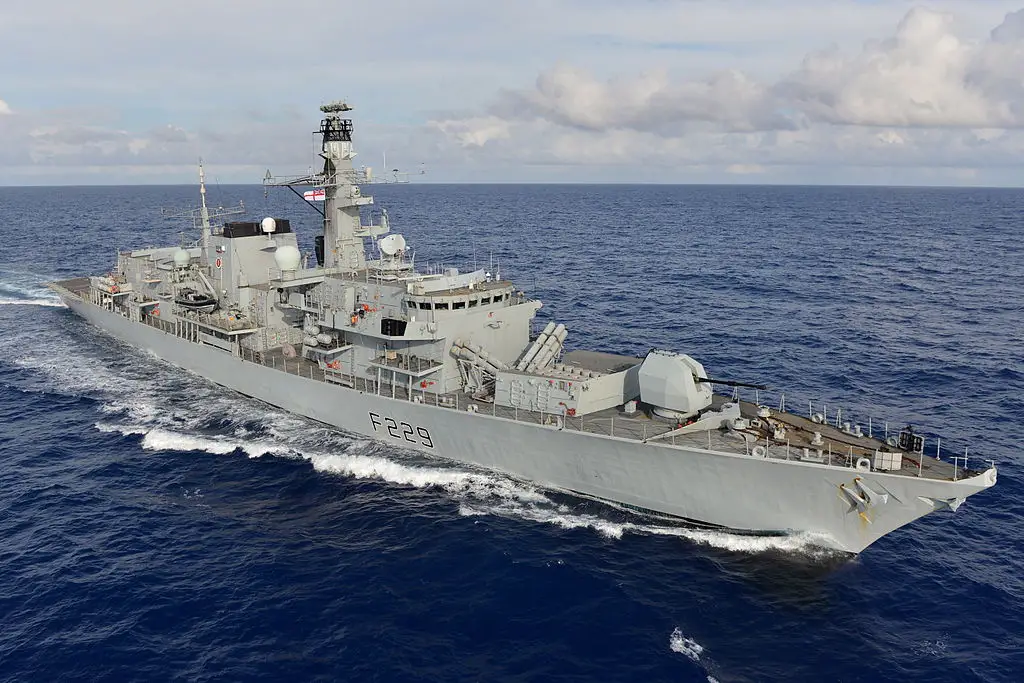A month after celebrating her 30th birthday, HMS Lancaster has proved herself ready to resume UK defence operations after a refit giving her the latest in Royal Navy hardware. Known as the ‘Red Rose’, HMS Lancaster – whose sponsor is Her Majesty The Queen in her role as Duke of Lancaster – has undergone extensive upgrades mirroring the major changes across the Duke class frigates. These include the Artisan 3D radar, improved navigational radar and the new-generation Sea Ceptor missile system to protect herself any other vessels in her convoy or strike group from air attacks. What was once known as a warship’s Fleet Date Inspection has been renamed and the process adjusted but the outcome is the same; the Royal Navy can now call upon another general purpose frigate.
The CAMM (Common Anti-Air Modular Missile) series is a family of surface-to-air missiles developed by MBDA for the United Kingdom. CAMM is a point defence and local area defence missile designed to respond to sophisticated missile attacks and has the capability to defend against saturation attacks of supersonic anti-ship cruise missiles, aircraft and other high-performance targets.The maritime application of CAMM is known as Sea Ceptor. CAMM has a “wide target set”, including the capability to engage small naval vessels, which would give the missile a limited surface-to-surface role. Unlike its predecessor, the system is capable of defending ships other than Westminster herself. Whether it’s engaging multiple air threats or fast incoming attack craft, Sea Ceptor represents a massive capability upgrade for the Type 23 frigate.

Summer leave and weapons training are on the schedule now ahead of six weeks of Fleet Operational Sea Training to prove that the crew, as well as the ship and her systems, are ready to go on global operations. Throughout the Covid-19 pandemic Royal Navy has been maintaining they focus on bringing Lancaster back to readiness again. The crew used their latest spell at sea to practice drills and scenarios including their response to attack by multiple small craft, simulated by patrol boats HMS Exploit and Ranger, tackling a fire in the galley, and gunnery with close-in weapons and the main 4.5in gun. Launched in 1990 and commissioned into the Royal Navy in 1992, she will remain based in Portsmouth for the fourth decade of her service.
HMS Lancaster is a Duke class Type 23 frigate of the Royal Navy. She was launched by Queen Elizabeth II on 24 May 1990 and is known as “The Queen’s Frigate”, the Duke of Lancaster being a subsidiary title of the Sovereign. Being the third ship in the Type 23 class, Lancaster was originally allocated the pennant number F232 until it was realised that the 232 is the Royal Navy report form for groundings and collisions and therefore considered unlucky. She is one of the few stag ships left in the fleet, having some female officers, but mess decks which are men-only. It is quite common when she has returned from long operations that she is flown over by the Avro Lancaster bomber which is part of the Battle of Britain Memorial Flight based at RAF Coningsby.












